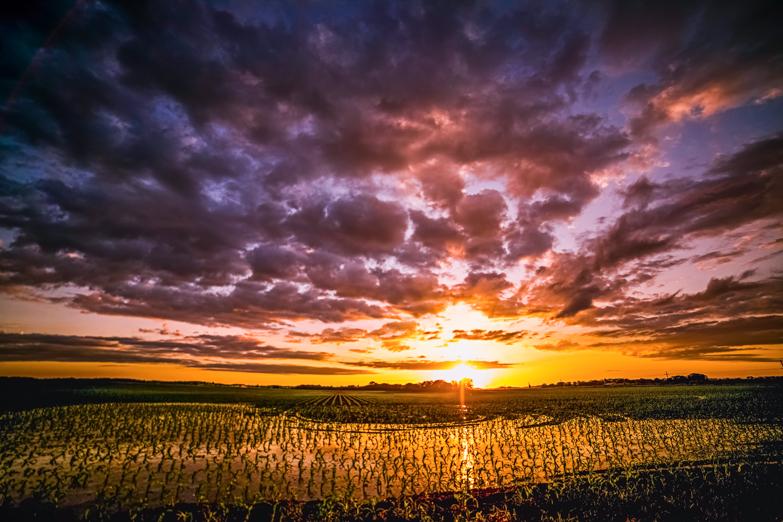Spring has sprung, and it’s time to start planting vegetable seeds indoors to transplant into the garden.
Jennifer Zoch, seed technician at Seed Savers Exchange, a non-profit organization dedicated to saving and sharing heirloom seeds based in Iowa, explains that the benefits to starting plants by seed include keeping garden costs down as well as the fact that there are many plant varieties that cannot be found at local garden centres.
Seed selection
“The process begins with deciding what you and your family like to eat and size of the garden and seed selection,” Zoch said.
Seed selection options are heirloom (seeds used by past generations), hybrid (plants cross-bred for special traits), and organic (non-synthetic pesticides or fertilizers).
Regarding heirloom seeds, Zoch said, “Flavours are better and the vegetables come in different shapes and colours. There are specialty crops which apply to a region or provide for special needs, like apples for making cider.”
Ideal veggies to start early by seed are cold-weather crops such as lettuce, kale, Brussels sprouts, broccoli, cauliflower, leeks, and cabbage.
When to plant indoors
To start various plant seeds indoors, count backward from the expected last frost date pertaining to the number of days for the plant to be ready to plant outdoors according to the seed packet instructions.
Containers and soil
Any container—even yogurt cups with plenty of holes for drainage—can be used along with a mixture of organic potting soil (soil, peat, and compost), explains Zoch.
Local garden centres sell seed-starting trays and plastic covers. Peat plugs are simple but peat has no nutrients, thus fertilizing is needed when the plants get their second round of leaves.
“Liquid fish emulsion added with water meets organic standards for fertilizer but is a little smelly,” Zoch said.
“Do not use raw manure or compost with grass clippings contaminated with herbicides as the residue might kill your seedlings. That is why it is good to be familiar with the source of the product you are using, and to buy local and/or organic whenever possible.”
Plastic covers trap moisture and warmth, but remove immediately after the seeds sprout in order to avoid fungus.
Indoor growing
Once the seeds sprout, they need a lot of water, light, and ventilation, Zoch said.
“Many beginners kill plants by over watering. Water once a day (if needed) and at the same time each day before noon, so foliage can dry before nightfall to avoid fungus.”
Re-pot when there are more than a couple of roots wrapped around the inside of the container or the drainage holes, or poking out of the peat plug. Zoch explains that plants can have a tough time getting established, stop growing, or even die if the root hairs are damaged while taking them out of the pot due to being root-bound.
Moving outdoors
The next step includes “decreasing water, moving plants to a cooler room for a few days, and regularly brushing your hand over the plants, or a few hours of an electric fan blowing gently on them to simulate wind,” Zoch said.
“This simulation strengthens the plant cells in the stem.”
One to two weeks later, gradually introduce the plants to the outdoor elements by placing them on the west side of a building or under a tree in the shade, then gradually move them away from the tree or building into more light. Cover the plants at night.
Transplanting
A couple of days prior to planting, till the garden soil and then till in peat and compost. Add granulated organic fertilizer and peat into each seed hole. Zoch advises covering with dirt any areas that may have peat exposed as it will pull moisture away from the plant and kill it.
“Set the plants about 1/2-inch lower than ground level for good watering and root development,” she said. “Water the plants gently with a watering can. Avoid getting the foliage wet.”
Never step on areas where plants will be planted, but rather walk between rows to make a path to weed, water, fertilize, and pick the produce.
Now, get the satisfaction of watching the plants you’ve carefully nurtured grow and produce.
Seed Savers Exchange is a non-profit that preserves heirloom plant varieties through regeneration, distribution, and seed exchange. To learn more from a webinar presented by Jennifer Zoch and Seed Savers Exchange, go to http://www.seedsavers.org/Education/Webinar-Archive/#seed_collection.




